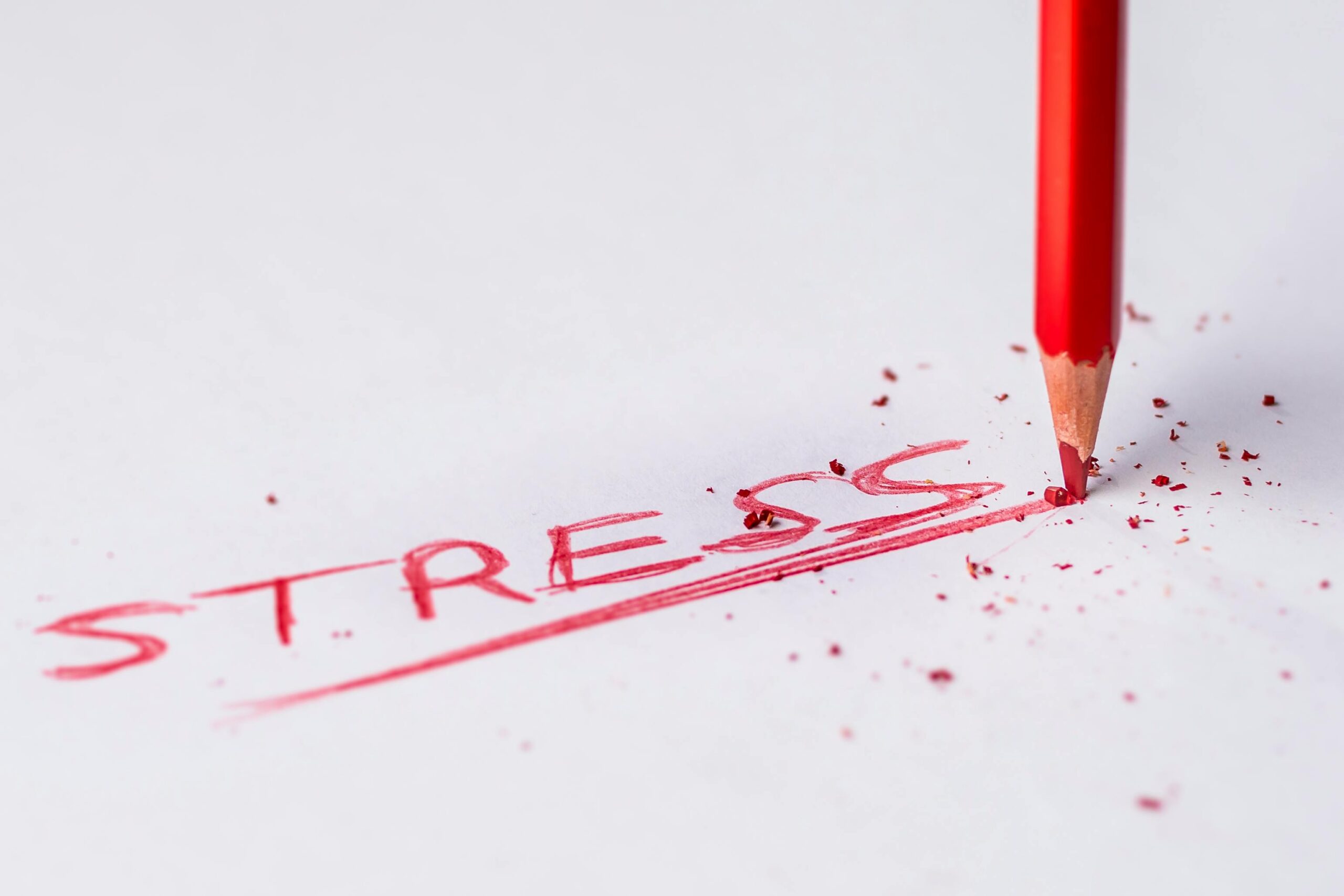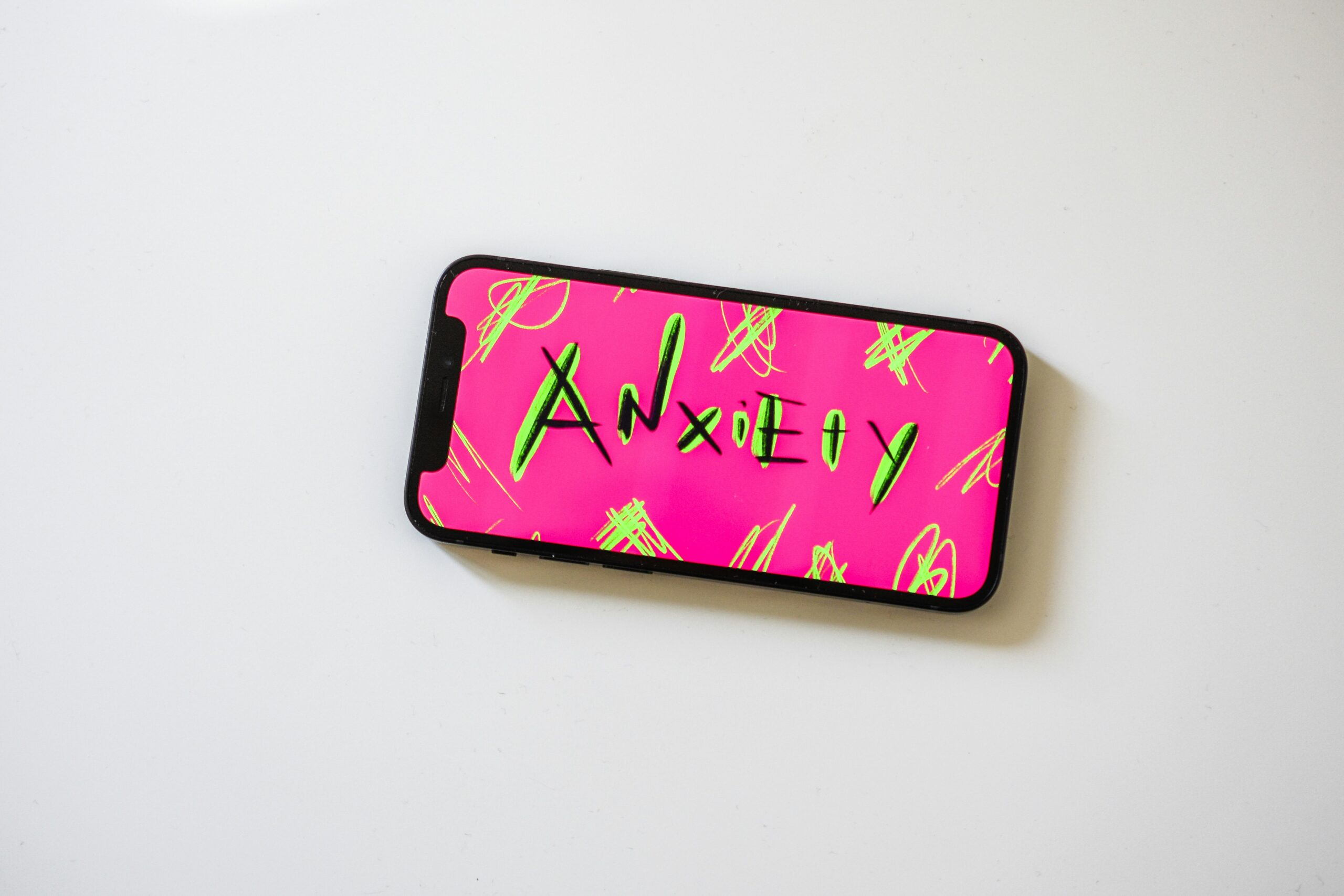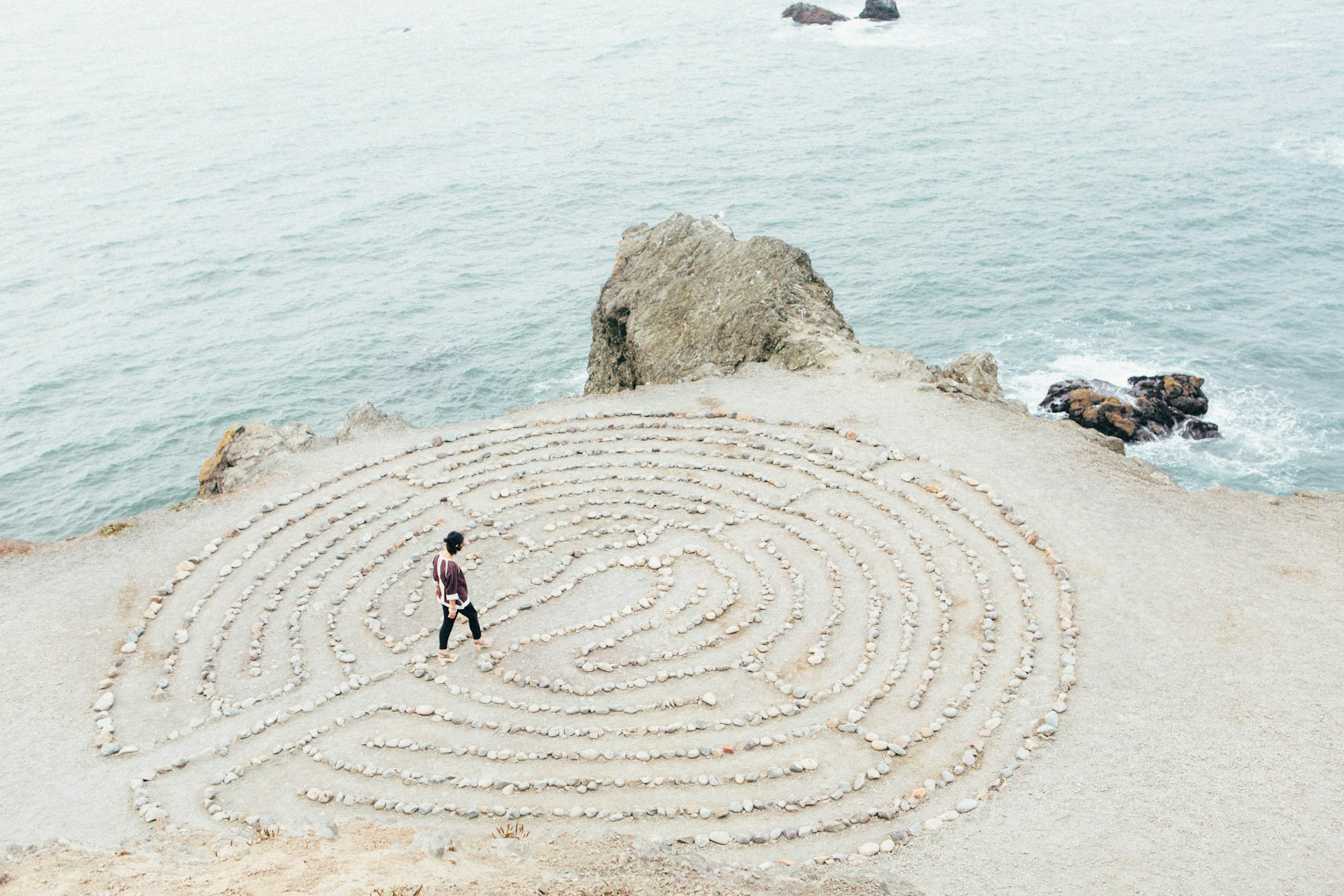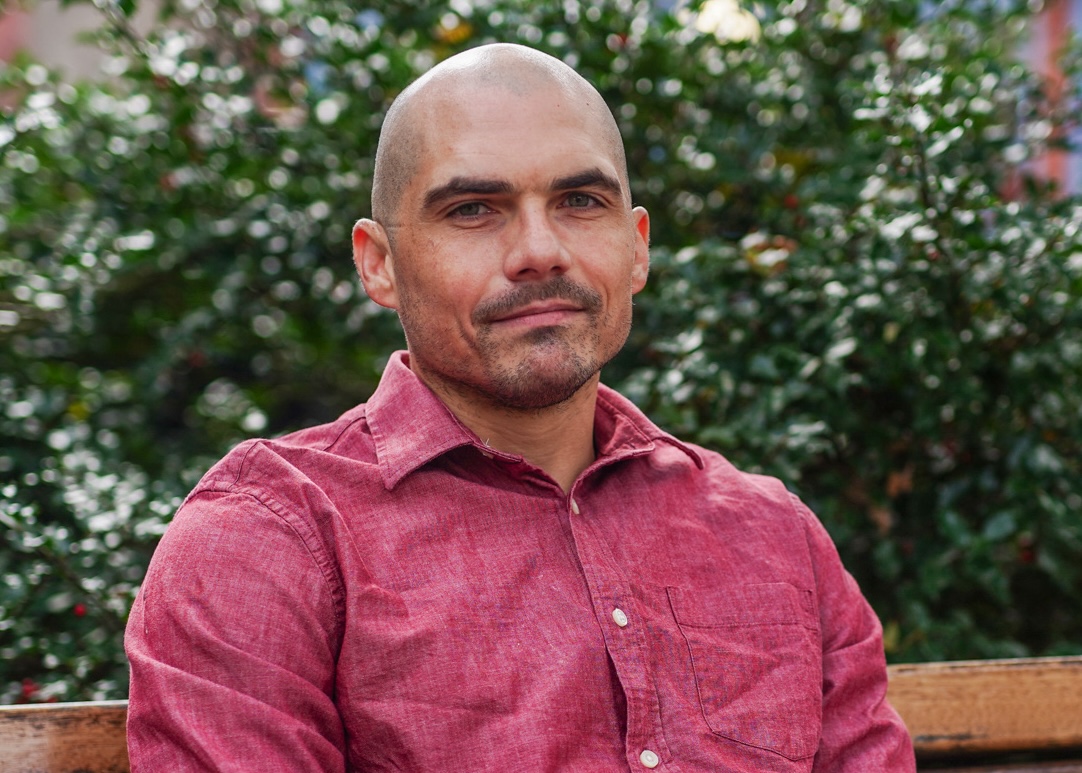
- January 11, 2025
- By
Understanding Anxiety: The Evolutionary Perspective
When discussing anxiety with my clients, I often remind them: Anxiety is a fear response. To truly understand why we experience it, I like to turn to evolutionary biology. Our fear response, which triggers anxiety, is essential to our survival. In ancient times, fear kept us safe by preparing us for real-world threats—like food shortages, dangerous animals, or neighboring tribes. This fear response was our natural instinct to fight or flee to ensure survival.
The Shift to Internal Threats
Fast forward to today, and the world has changed dramatically, but our fear response hasn’t evolved as quickly. While we’re no longer facing saber-toothed tigers or hostile tribes, we’re still being triggered by threats. However, in the modern world, these threats are often internal—things like work stress, social anxiety, financial worries, and personal insecurities. These are not threats we can physically run from or fight in the traditional sense. In fact, this disconnect can leave us feeling helpless.
The Fight-or-Flight Response No Longer Serves Us
Our brains are hardwired to respond to these internal threats as if they were life-or-death situations. The natural response is to either fight or flee—but these options are ineffective when the threat is emotional or mental. You can’t fight your racing thoughts or run away from your anxious feelings.
When we try to fight or flee from anxiety, we inadvertently intensify it. Anxiety typically gets louder when we resist it, and we find ourselves caught in a cycle of trying to outrun or overpower something that’s not physically present. This often leads to a sense of frustration and helplessness, and ultimately, the anxiety becomes more pervasive.
The Losing Battle: Fighting Anxiety
We often end up anxious about being anxious. This is a common experience for many people—feeling anxious because of the anxiety itself. In our attempts to suppress the discomfort, we inadvertently engage in a losing battle with our own emotions. We think, “If I could just stop feeling this way, everything would be okay.” But the harder we try to stop the anxiety, the stronger it becomes, much like trying to fight against a tide that only pulls you deeper into the water.
This cycle can lead to an even greater activation of the sympathetic nervous system, which is responsible for the fight-or-flight response. When we engage in this unproductive battle, our bodies stay in a heightened state of alertness, preparing us for a threat that doesn’t truly exist. Our pulse quickens, our muscles tense, and our minds race.
Anxiety's Impact: More Than Just the "Fight or Flight" Response
In extreme cases, this heightened anxiety can lead to a panic attack—a sudden, overwhelming surge of fear and physical symptoms that may feel like we are losing control. However, even when we don’t experience panic attacks, the ongoing battle with anxiety can lead to more subtle but equally damaging consequences:
-
-
Avoiding meaningful activities:
As anxiety increases, we may start avoiding situations that trigger it. This can lead to missing out on opportunities, whether at work, in social situations, or even in our personal growth.
-
Falling short on goals:
Anxiety can rob us of motivation. The fear of failure or fear of what might go wrong can cause us to procrastinate or avoid taking action on important goals. This can contribute to a cycle of self-doubt and feelings of inadequacy.
-
Distraction and disengagement:
The more we struggle against anxiety, the more we may find ourselves distracted by it. We might become so preoccupied with managing or avoiding anxiety that we forget about what truly matters—engaging in life and pursuing our goals.
-
The Takeaway
In the next section, we’ll dive deeper into how Acceptance—a key skill from Acceptance and Commitment Therapy (ACT)—can help us build a healthier relationship with anxiety and regain control.

The ACT Approach: Transforming Our Relationship with Anxiety
In Acceptance and Commitment Therapy (ACT), we focus on core principles that help us change how we relate to and respond to our thoughts, emotions, and behaviors. One of the most powerful principles when it comes to emotions—especially anxiety—is Acceptance. Acceptance involves doing the literal opposite of what our instinctive response to anxiety often tells us to do. While this may sound like a steep mountain to climb, it can be surprisingly simple when we approach it with openness and mindful effort. I often say to my clients, “Simple, but not easy.”
The Practice of Acceptance
In ACT, Acceptance means allowing your emotions—especially anxiety—to be there without trying to push them away, fight them, or avoid them. The goal isn’t to eliminate the discomfort but to change how we interact with it. This process starts with noticing and observing what we’re feeling.
Step 1: Notice and Observe
The first step in practicing Acceptance is to bring awareness to the anxiety itself. This might mean taking a brief moment to check in with yourself, bringing your attention inward, and acknowledging what you’re feeling. For some, this can be as simple as pausing for a second to ask, “What am I feeling right now?” For others, it might look like sitting down and engaging in a more formal mindfulness practice, such as a body scan meditation, where you systematically observe sensations in your body and notice where tension or discomfort may be stored.
This step is essential because it helps break the automatic cycle of reacting to anxiety by allowing us to become aware of it in a non-judgmental way. Instead of being swept away by the anxiety, we create space to notice it as it is.
Step 2: Allow the Anxiety to Be There
After noticing the anxiety, the next step is to allow it to be present without trying to fight it. This is the challenging part for many people. Allowing anxiety—without resisting it—might sound counterintuitive because it feels unnatural. Our instinct is to push anxiety away, to try and get rid of it as quickly as possible. However, as we’ve seen, fighting anxiety only increases its intensity.
For some, this mindset shift comes quickly, but for others, it takes more time and practice. The intensity of anxiety can vary greatly from person to person, and the more intense the anxiety, the harder it may be to allow it. If this is the case for you or your clients, the next step in the ACT process is to breathe.
Step 3: Focus on Relaxing, Deep Breathing
When anxiety is high, it’s common to engage in short, shallow, rapid breathing—the kind of breath that comes with the body’s fight-or-flight response. In contrast, the deep, slow breathing that comes with relaxation can help to activate the parasympathetic nervous system, which helps the body return to a state of calm.
Encourage yourself or your clients to breathe deeply with the belly—not the chest. This type of breathing activates the diaphragm and helps release tension in the body. As you breathe in, count to four; as you breathe out, count to four. This simple practice can ground you in the present moment and create the physical space to allow the anxiety to exist without feeling overwhelmed by it.
Step 4: Return to the Present Moment and Engage in Meaningful Activity
Once you’ve noticed the anxiety, allowed it to be there, and used deep breathing to relax, the next step is to engage in the value-based activity around you. Anxiety often thrives when we become too absorbed in our own internal world, getting lost in the struggle to fight our feelings. But the real key to overcoming anxiety is to reconnect with the present moment and focus on what matters most.
Let’s say, for example, you’re about to give a presentation and feel anxiety building. If you get caught up in trying to stop the anxiety, it will likely intensify. Instead, try this:
- Pause and notice the anxiety. “I feel anxious about this presentation.”
- Breathe deeply—in through the nose, out through the mouth. This will help calm the body and mind.
- Accept the anxiety—allow it to exist without judgment or resistance.
- Shift your focus to the room and the task—bring your attention to the audience, the presentation, and the purpose behind it.
By accepting the anxiety, rather than fighting it, you’re able to focus on the task at hand and re-engage with the world around you. This doesn't mean the anxiety disappears, but you no longer let it dictate your behavior or hinder your actions.
The Takeaway
In the ACT approach, the goal is not to eliminate anxiety, but to change your relationship with it. The practice of Acceptance teaches us to notice our emotions, allow them to exist, and engage in our values and actions despite them.
As you or your clients begin to practice Acceptance, it might feel uncomfortable at first. But remember, while it’s simple, it’s not always easy. With mindful practice, you’ll begin to build a new response to anxiety that empowers you to move forward in your life, regardless of what emotions arise.

Conclusion: The Power of Acceptance
As you read through this, you might think, “This sounds too simple.” But I promise you, shifting your efforts from rejecting or fighting your anxious parts to accepting them—and then redirecting your attention to the value-driven activity in front of you—can make an immediate impact on your life.
I’ve had many clients tell me, “Why don’t they teach this in school?” And I get it. It’s a simple concept, but one that often feels so foreign in the midst of anxiety. Yet, over time, I see how powerful this shift can be. Many clients come back to report profound changes in their lives Just yesterday, as I write this, one of my clients shared something that made me smile: He was finally able to start drinking regular coffee again. For months, the increase in physical symptoms from caffeine—symptoms that mirrored anxiety—had kept him from enjoying his morning routine. But by practicing the skills of acceptance and mindful engagement, he was able to break free from the hold that anxiety had on him, even in situations that once triggered it. Moments like this remind me why I do this work. It’s not about eliminating anxiety entirely—it’s about learning to live with it in a healthier, more empowered way. Thank you for reading and subscribing. I sincerely hope this approach helps you as much as it has helped me and my clients. Remember, acceptance isn’t about perfection; it’s about progress. You have the ability to change your relationship with anxiety, one breath at a time.
Did You Enjoy This Blog?
Ready to put science-backed wellness tips into action? Subscribe to our newsletter and receive weekly, research-driven insights directly in your inbox. Start every Monday feeling inspired with a fresh, actionable wellness tip designed to keep you on track for your healthiest year yet!
SubscribeYou Might Also Like

- January 20, 2025
- By
Why Sleep Hygiene Matters Sleep is essential to our health and well-being, yet many people struggle to get quality rest. One of the most effective ways to improve your sleep is by practicing good sleep hygiene. Sleep hygiene refers to habits and practices that promote consistent, high-quality sleep. Understanding how to wind down before bed […]
Read More
- December 15, 2024
- By
Mindfulness and physical activity have long been linked to a wide range of physical and psychological health benefits. Research has consistently shown that mindfulness practices facilitate positive health behaviors and enhance well-being. A study by Dev Roychowdhury (2021) highlights that individuals with higher levels of mindfulness often engage in higher levels of physical activity (PA), […]
Read MoreNewsletter Sign up
Receive exciting updates from NouraLife, don't worry we only send meaningful emails.
